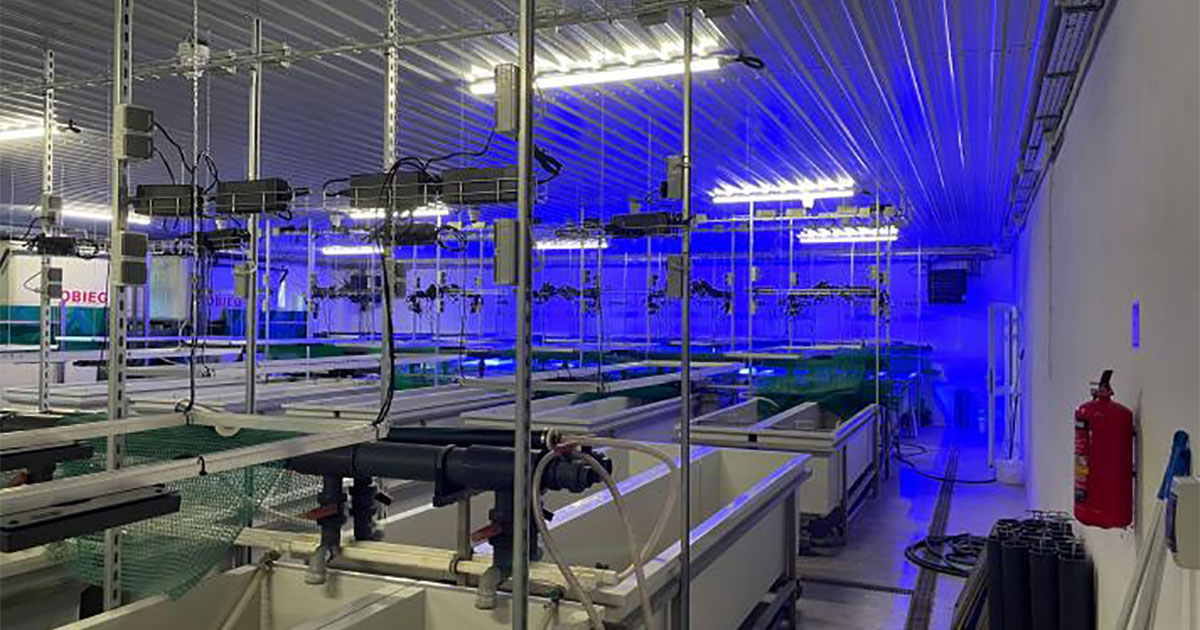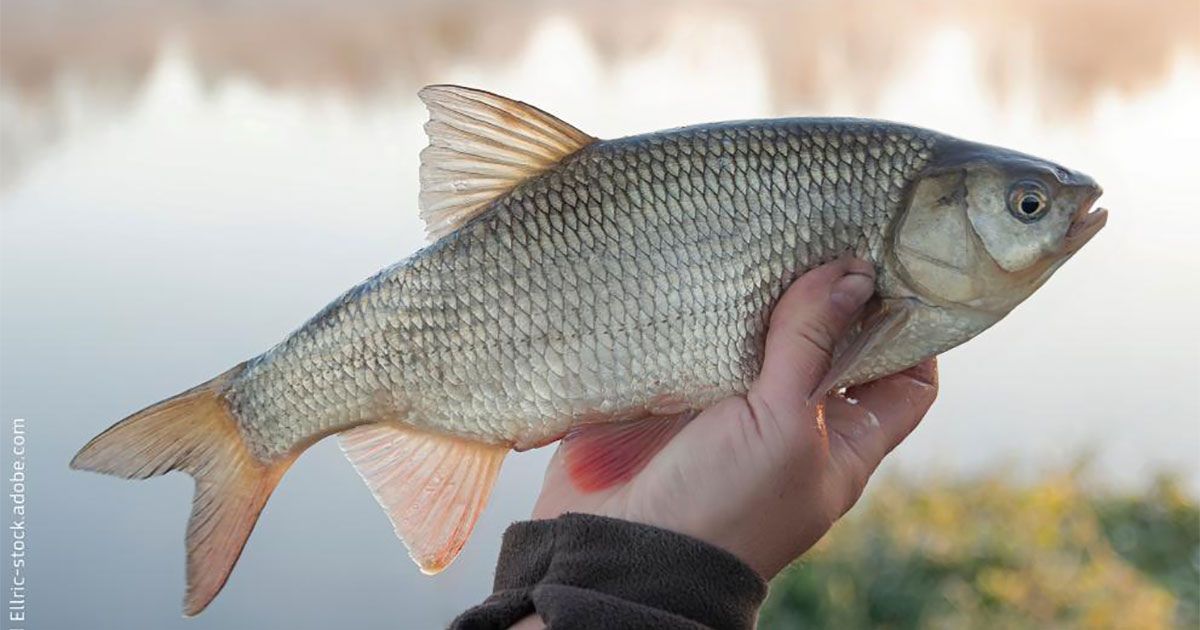Since before WW2, the Polish Anglers’ Association (Polski Związek Wędkarski) has been concerned with the environmental status of inland waters, and river restocking is done under their auspices.
Their engagement shines through in this innovative EU-funded project which aims to develop and test an innovative technology to create extruded feeds enriched with insect larvae.
For this project, the association’s Poznań branch has brought together a diverse group of stakeholders including scientists, university students and aquaculture operators.
Collaborative innovation—a blueprint for sustainable aquaculture
The ide (Leuciscus idus) is a native European fish in the rheophilic cyprinid family which prefers to live in fast-flowing water. Ide are naturally present in Polish rivers and play a crucial role in preserving biodiversity, including as an important part of the natural food chain. Many fish such as carp, a favorite of local anglers, live on smaller fish such as juvenile ide. However, the population status of ide in the wild depends on conservation efforts, particularly regular restocking.
To maintain biodiversity, it is important that the juveniles used for restocking are healthy, since this increases their chances of surviving once released. For the juveniles to be healthy, the feed used during rearing is key, so the Polish Anglers’ Association turned to Poznań University of Life Science for help.
Together the scientists and the anglers have developed extruded feeds enriched with insect larvae. Advantages of the extruded feed include less pollution, thanks to its longer stability in water (from 12 to 36 hours). Compared to traditional types of feed it maintains nutrients better and offers greater digestibility, high efficiency, and a high conversion rate. Extruded feed is a sustainable and high-quality product that increases the profitability of fish farms.
Cutting-edge infrastructure
The project also worked to develop cutting-edge infrastructure, including an innovative feed production line and a breeding facility using a closed system, the so-called Recirculating Aquaculture System (RAS), which can be installed directly on the farm.
 The interior of the breeding house for rheophilic fish. (Image credit: M. Rakowski)
The interior of the breeding house for rheophilic fish. (Image credit: M. Rakowski)
To test this innovative larvae-based feed and the RAS breeding facility, the Polish Anglers’ Association cooperated with local fish farms. This allowed them to gather feedback directly from the industry—valuable input for fine-tuning the production model for farms of various sizes, so as to benefit both large and small producers. So far, feedback has been positive. As one of the participating farm owners says, “the increased fry survival rate and lower feed costs are the biggest advantages.”
The project is a great example of the power of collaboration, innovation, and sustainable practices in aquaculture. By empowering local aquaculture producers with the tools and knowledge to create their own sustainable feeds, this project can help pave the way for a more resilient and eco-conscious future in aquaculture.
Reducing aquaculture’s environmental footprint
The project has been a great way to test the production of sustainable and resource-efficient feeds that reduce the impact of aquaculture on the environment. Its implications even reach beyond the fish farms themselves, by providing a sustainable protein alternative to fishmeal and fish oil sourced from the oceans. It also bolsters the preservation of biodiversity in rivers and lakes, as rheophilic cyprinid fish play a pivotal role in these ecosystems.



